You are here
Back to topVietnam Hosts Seminar on Durian Industry Challenges
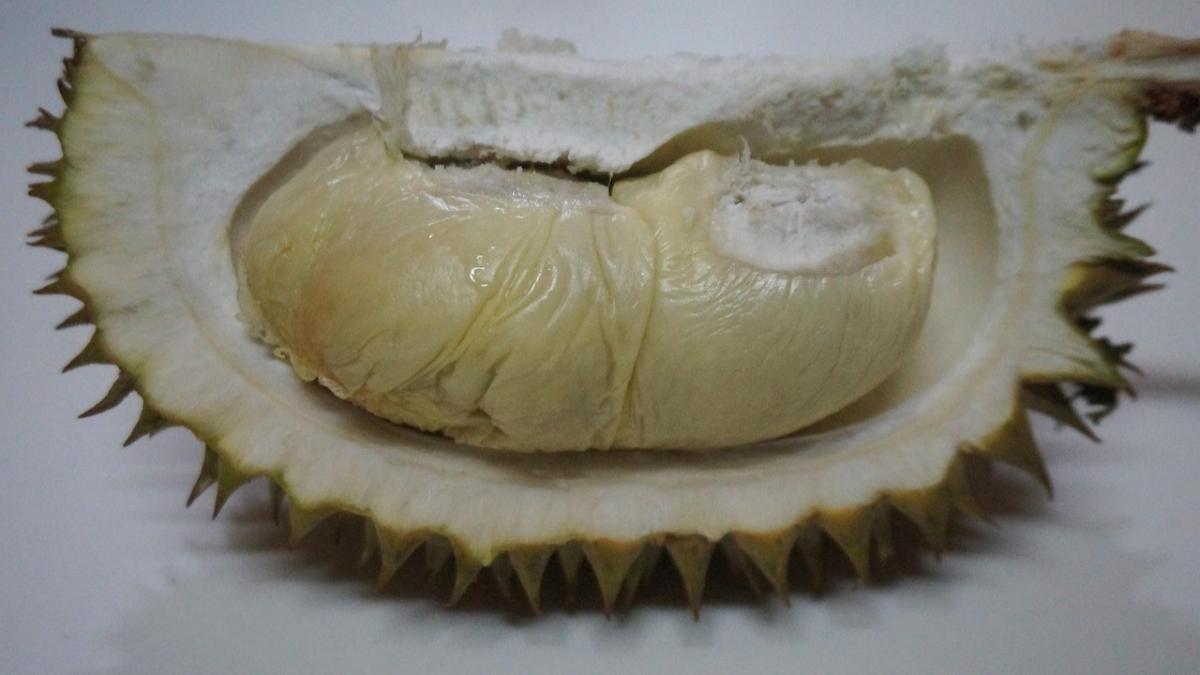
On June 10, the Vietnamese media outlet Tien Phong held a seminar on the sustainable development of the country’s durian industry, with a particular focus on food safety.
Dang Phuc Nguyen, general secretary of the Vietnam Fruit and Vegetable Association, reported that Vietnam’s durian export value reached $2.1 billion in 2023 and $3.2 billion in 2024. However, in the first four months of 2025, exports totaled only $183 million, marking a sharp year-on-year decline of 60.9%. Exports to the Chinese market accounted for $105.7 million, representing a dramatic decrease of 75.5%.
One issue is cadmium contamination, which professional assessments indicate is primarily caused by the accumulation of heavy metals in the soil due to the excessive use of chemical fertilizers, particularly phosphate fertilizers such as diammonium phosphate. Nguyen emphasized that problems such as elevated cadmium levels and the presence of auramine O residues in durians expose fundamental flaws in the rapid development of the durian industry. These problems stem from insufficient oversight throughout the supply chain, from agricultural inputs to orchard cultivation and post-harvest handling.
Nguyen Quang Hieu, deputy director of the Plant Protection Department of Vietnam’s Ministry of Agriculture and Rural Development, stated that after receiving the first warning from Chinese authorities in March 2024, the department’s investigation uncovered numerous regions with high cadmium levels. The department has since identified the main causes of soil cadmium pollution. Natural factors include inherent soil conditions and the inability to let farmland lie fallow, while human-induced factors stem from the excessive application of chemical fertilizers by farmers in specific areas.
When addressing the issue of auramine O contamination, the deputy director noted that the detection of such residues in Thai durians prompted Chinese authorities to tighten controls. As a precautionary measure to mitigate risks associated with durian imports, similar regulations were applied to Vietnamese durians.
Phan Van Duy, deputy director of the Department of Agricultural Product Processing and Market Development, reported that 34 laboratories have been certified for cadmium testing and 19 for auramine O testing. Among these, Chinese authorities have officially recognized 24 and 15 laboratories, respectively. However, discrepancies between testing results in Vietnam and those obtained upon arrival of the fruit in China led to four laboratories having their certifications revoked. This issue reportedly arises from sampling methods being representative rather than comprehensive, failing to ensure that all products meet the required standards. Effective control from the production chain’s source by regional authorities and related organizations remains essential. Regarding pesticide usage, certain bipyridilium-based herbicides, which are banned in many countries, continue to leave residues in Vietnamese agricultural products.
Dinh Duc Hiep, a representative of the Vietnam Sanitary and Phytosanitary Notification Authority and Enquiry Point, reported that the office had received several notifications regarding excessive cadmium residues. Besides durians, warnings have also been issued for chile peppers, mangosteens and rambutans. Minor violations require only reporting to management agencies, while serious infractions result in product rejections. Notably, Vietnam has received warnings about durians not only from China but also from the European Union.
The Ministry of Agriculture and Rural Development is reportedly drafting a food safety control process for durian products and is seeking public feedback. Additionally, the ministry is revising the national standard for fresh durians, first issued in 2015, to better align its technical requirements with international practices. The goal is to help Vietnamese durians meet the demands of the Chinese market and also gain access to high-end markets such as Japan, South Korea and the European Union, which also have stringent technical and food safety requirements.
Image: Pixabay
This article was translated from Chinese. Read the original article.




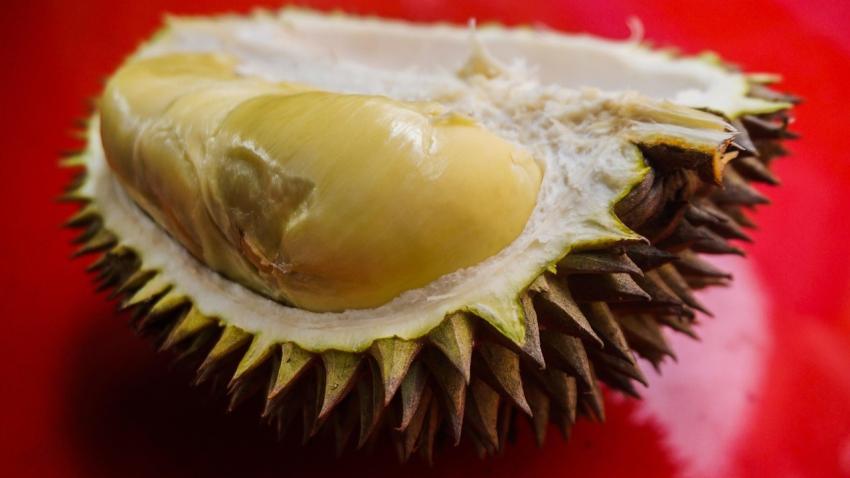
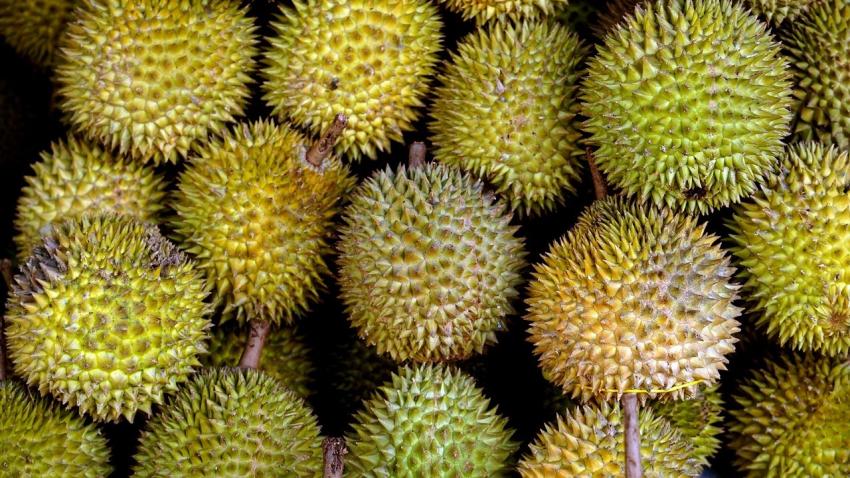
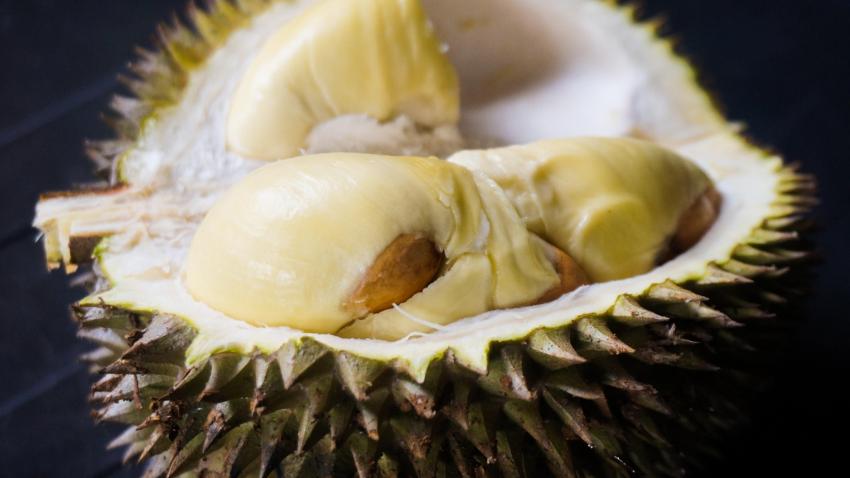

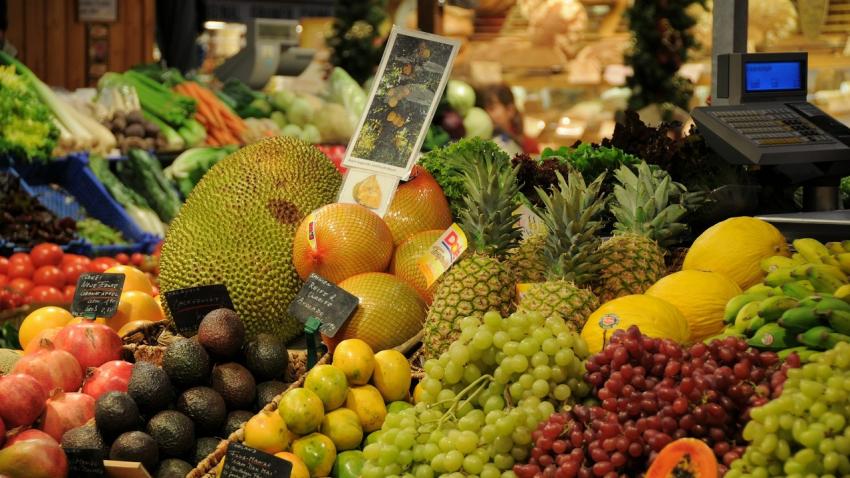
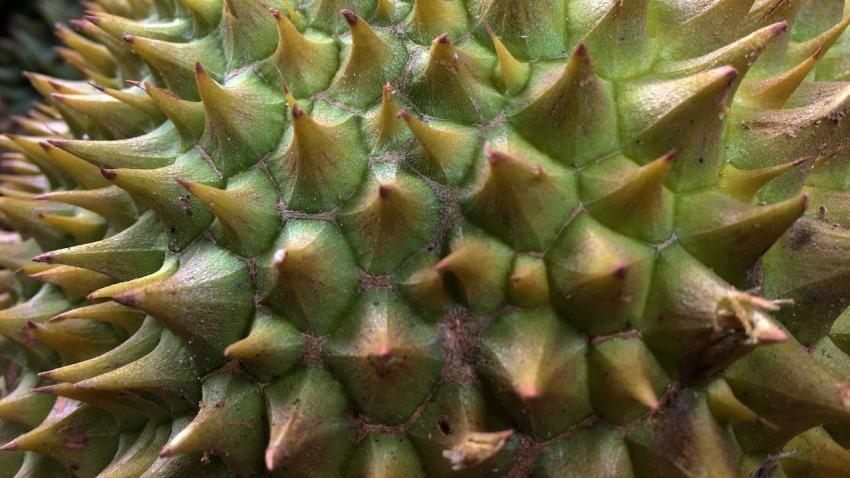

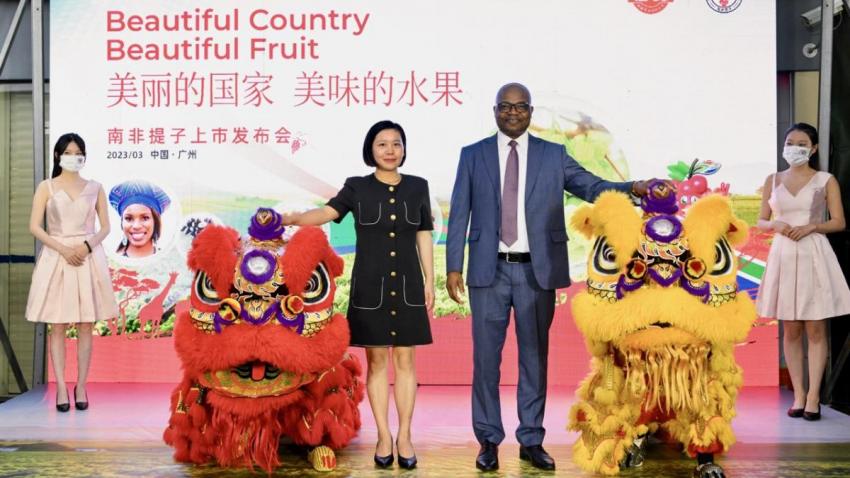

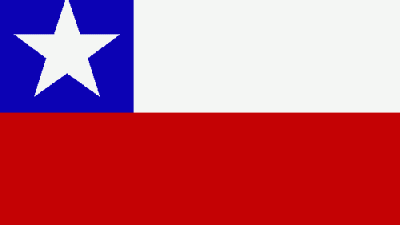

Add new comment